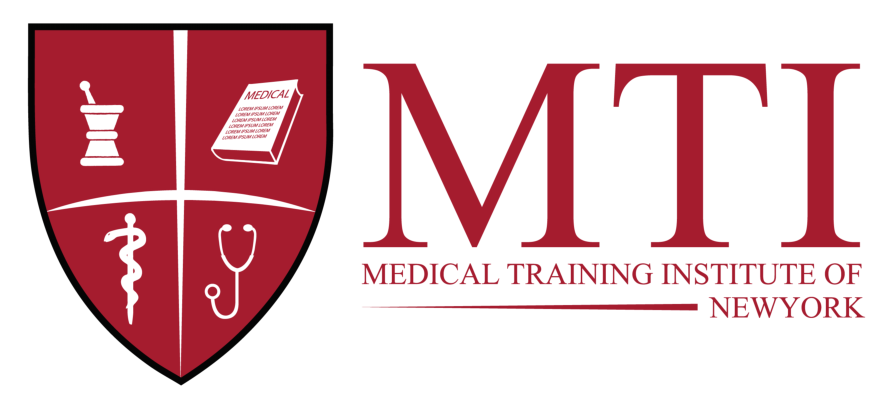In the healthcare field, understanding medical coding is an essential skill, especially for those studying medical billing and coding at the Medical Training Institute of New York. Two key systems that students must learn are CPT codes and ICD-10 codes. These coding systems serve different purposes but are interconnected in ensuring accurate documentation, billing, and reimbursement for medical services. Whether you’re working in medical billing, coding, or healthcare administration, mastering these codes will play a crucial role in your career.
CPT codes, which stand for Current Procedural Terminology, are developed and maintained by the American Medical Association (AMA). These five-digit codes represent medical services and procedures performed by healthcare professionals. Every time a healthcare provider delivers a treatment or procedure, a corresponding CPT code is used to describe the service. These codes range from simple tasks like taking a patient’s blood pressure to more complex procedures like surgeries or diagnostic tests. They ensure that each service provided is properly documented and billed to insurance companies, which ultimately helps in receiving proper reimbursement.
There are three categories of CPT codes. Category I codes are used for the most common procedures, such as routine doctor visits, surgeries, and tests. Category II codes are for tracking performance measures and are used in research and reporting, not for reimbursement. Category III codes are temporary codes that represent emerging or experimental procedures. These are usually used when a new service or procedure is being tested, and they may eventually be incorporated into Category I codes once they become more widely accepted. Understanding the differences between these categories helps in choosing the correct code based on the type of service performed.
On the other hand, ICD-10 codes, or International Classification of Diseases, 10th Revision codes, are used to classify diseases, conditions, and other health-related issues. These codes, developed by the World Health Organization (WHO), are fundamental to medical billing and patient care documentation. ICD-10 codes are more comprehensive than CPT codes as they cover a wide range of health issues, from chronic diseases like diabetes to injuries from accidents. In the U.S., the ICD-10-CM (Clinical Modification) version is used for clinical purposes and includes detailed codes that describe not only the disease or condition but also the severity, location, and cause of the problem.
ICD-10 codes can range from three to seven alphanumeric characters. The first character in an ICD-10 code represents the category of the condition. For example, codes starting with the letter “S” are used for injuries. The next characters provide more specific details about the condition, such as the part of the body affected and the nature of the illness or injury. Some codes have additional characters that specify the severity, laterality (whether the condition affects the left or right side), and the episode of care (e.g., initial visit, follow-up, or recurrent). This level of detail is critical in ensuring that healthcare providers and insurance companies can make informed decisions about treatment and reimbursement.
While CPT codes describe the procedures performed, ICD-10 codes describe the reasons why those procedures are necessary. When a healthcare provider submits a claim, both sets of codes are usually included. The ICD-10 code gives the insurance company insight into the patient’s diagnosis, while the CPT code explains the services provided. This collaboration between the two coding systems helps ensure that the patient receives the proper care and that the healthcare provider gets reimbursed for their services.
For students at the Medical Training Institute of New York, understanding the relationship between CPT and ICD-10 codes is essential. Mastery of both sets of codes will allow you to play a key role in healthcare administration. By ensuring accurate documentation, you can help prevent billing errors that could delay payments or even lead to claim denials. Since these codes are used in nearly every aspect of medical practice—from patient records to insurance claims and health statistics—your ability to navigate them will give you a competitive edge in the workforce.
Moreover, learning CPT and ICD-10 codes helps you understand the healthcare system as a whole. You’ll gain insight into how medical professionals communicate with insurance companies, track health trends, and ensure that patients receive the appropriate care for their conditions. The precision required in medical coding not only helps ensure that healthcare providers are compensated for their work but also supports the overall efficiency of the healthcare system.
As you progress through your training at MTI, you will begin to see how both CPT and ICD-10 codes work together to create a seamless flow of information. The CPT code outlines the services performed, and the ICD-10 code provides the justification for those services. Whether you’re working directly with patients or handling billing and coding tasks behind the scenes, these codes are the foundation of medical practice and will be a critical part of your daily work.
In addition to understanding how these codes are used, it’s also important to stay up-to-date with changes in both systems. Both CPT and ICD-10 codes are periodically updated to reflect new medical knowledge, procedures, and conditions. For instance, new technologies and treatments may lead to the creation of new CPT codes, while emerging diseases or medical conditions may result in new ICD-10 codes. Staying current with these updates is crucial to ensuring that you are coding accurately and appropriately.
For students at MTI of New York, the study of CPT and ICD-10 codes goes beyond memorizing numbers—it’s about understanding how they fit into the broader healthcare landscape. By mastering these codes, you will be equipped to handle the challenges of medical billing and coding, ensuring that healthcare professionals are compensated for their work and that patients receive the care they need. With the right training and knowledge, you’ll be prepared to thrive in a dynamic and rewarding healthcare career.




